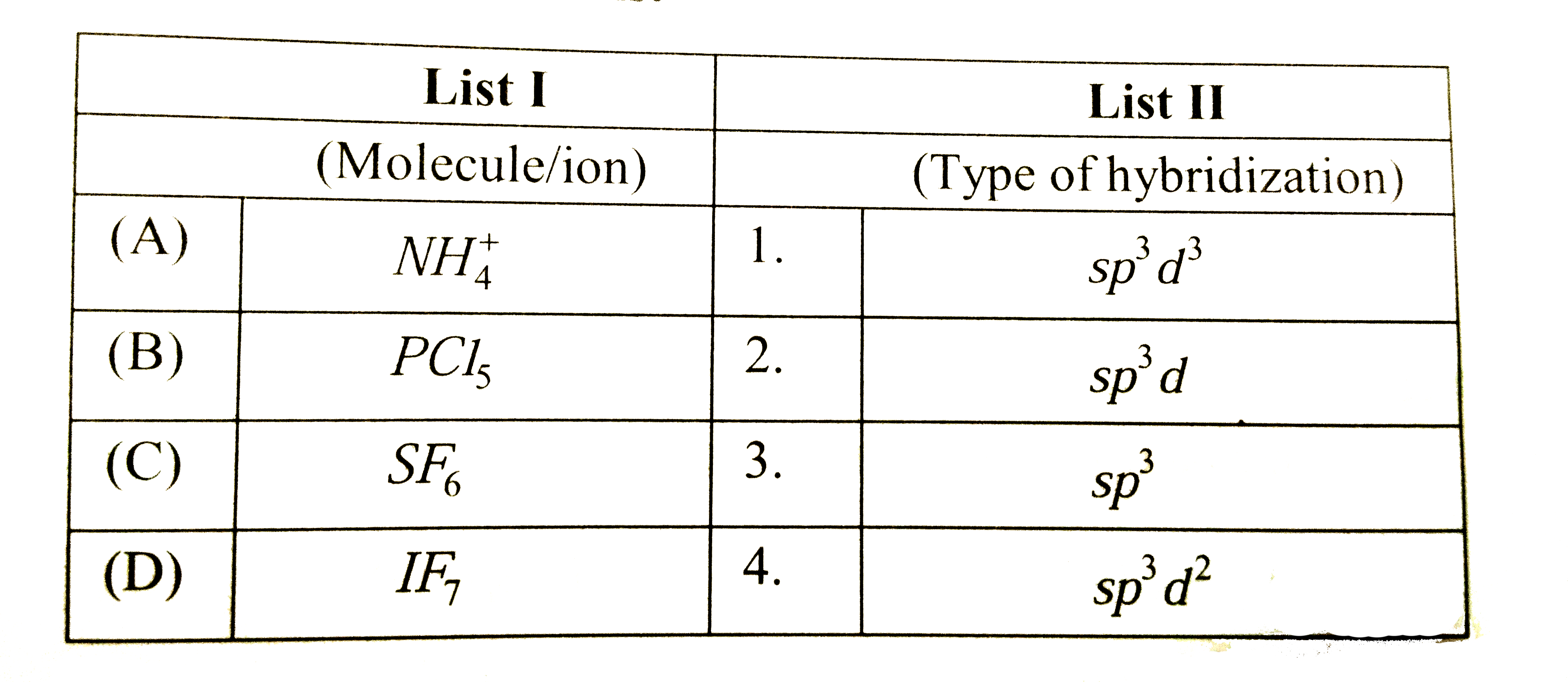Arrange the following ecosystem in terms of their increasing productivity:
1. Grassland
2. Open ocean
3. Desert
4. Tropical rain forest
Select the correct answer code using the codes given below: Answer codes:
3, 2, 1, 4
1, 2, 3, 4
3, 1, 2, 4
4, 1, 2, 3
The correct Answer is:A
To arrange the ecosystems in terms of their increasing productivity, we need to understand the concept of productivity in ecosystems, which is primarily determined by the amount of biomass produced by the primary producers (usually plants) in a given area over a specific time period.
1. Understanding Ecosystem Productivity:
- Productivity refers to the rate at which energy is converted by photosynthetic and chemosynthetic autotrophs to organic substances. In simpler terms, it is the amount of biomass produced by plants in an ecosystem.
2. Analyzing Each Ecosystem:
- Desert: Deserts have very low productivity due to limited water availability and harsh climatic conditions. Vegetation is sparse, consisting mainly of drought-resistant plants.
- Open Ocean: The open ocean has moderate productivity. While it covers a large area, the nutrient availability can be limited, leading to lower biomass production compared to terrestrial ecosystems. However, it does support phytoplankton, which contributes to productivity.
- Grassland: Grasslands have higher productivity than deserts and open oceans. They support a variety of grasses and some shrubs, which can thrive in the available sunlight and moderate rainfall.
- Tropical Rainforest: Tropical rainforests have the highest productivity among these ecosystems. They have abundant rainfall, warm temperatures, and a diverse range of plant species, leading to a high rate of biomass production.
3. Arranging the Ecosystems:
- Based on the analysis:
- Lowest Productivity: Desert
- Next: Open Ocean
- Followed by: Grassland
- Highest Productivity: Tropical Rainforest
4. Final Arrangement:
- Therefore, the order of ecosystems in terms of increasing productivity is:
1. Desert
2. Open Ocean
3. Grassland
4. Tropical Rainforest
Answer Code:
The correct answer code is: Desert < Open Ocean < Grassland < Tropical Rainforest
- Productivity refers to the rate at which energy is converted by photosynthetic and chemosynthetic autotrophs to organic substances. In simpler terms, it is the amount of biomass produced by plants in an ecosystem.
- Desert: Deserts have very low productivity due to limited water availability and harsh climatic conditions. Vegetation is sparse, consisting mainly of drought-resistant plants.
- Open Ocean: The open ocean has moderate productivity. While it covers a large area, the nutrient availability can be limited, leading to lower biomass production compared to terrestrial ecosystems. However, it does support phytoplankton, which contributes to productivity.
- Grassland: Grasslands have higher productivity than deserts and open oceans. They support a variety of grasses and some shrubs, which can thrive in the available sunlight and moderate rainfall.
- Tropical Rainforest: Tropical rainforests have the highest productivity among these ecosystems. They have abundant rainfall, warm temperatures, and a diverse range of plant species, leading to a high rate of biomass production.
- Based on the analysis:
- Lowest Productivity: Desert
- Next: Open Ocean
- Followed by: Grassland
- Highest Productivity: Tropical Rainforest
- Therefore, the order of ecosystems in terms of increasing productivity is:
1. Desert
2. Open Ocean
3. Grassland
4. Tropical Rainforest
The correct answer code is: Desert < Open Ocean < Grassland < Tropical Rainforest
Topper's Solved these Questions
- ECOSYSTEM BOOK - GRB PUBLICATIONCHAPTER - ECOSYSTEM EXERCISE - EXEMPLAR PROBLEMS
41 Videos
- CHROMOSOMAL BASIS OF INHERITANCEBOOK - GRB PUBLICATIONCHAPTER - CHROMOSOMAL BASIS OF INHERITANCEEXERCISE - Chromosome mapping
221 Videos
- ENVIRONMENTAL ISSUESBOOK - GRB PUBLICATIONCHAPTER - ENVIRONMENTAL ISSUESEXERCISE - Assertion & Reason Type Questions
30 Videos
Similar Questions
Knowledge Check
Select the correct answer using the codes given below :
A1,2 and 4B1,3 and 4C2 and 3D1 and 4.Match Column I with Column II and select the correct answer using the codes given below :

Answer codes:AA = 2, B = 3, C = 1, D = 4BA = 4, B = 1, C = 3, D = 2CA = 1, B = 2, C = 3, D = 4DA = 3, B = 4, C = 2, D = 1Match Column I with Column II and select the correct answer using the codes given below :

Answer codes:AA = 4, B = 1, C = 3, D = 2BA = 2, B = 4, C = 1, D = 3CA = 2, B = 1, C = 4, D = 3DA = 3, B = 4, C = 2, D = 1
Match the following and select the correct answer from the codes given below:

View SolutionMatch List 1 with List 2. Select the correct answer using the codes given below the list.

View SolutionMatch List 1 with List 2. Select the correct answer using the codes given below the list.

View SolutionMatch the following and select the correct answer by using codes given below.

View SolutionMatch the following and select the correct answer from the codes given below:

View Solution


